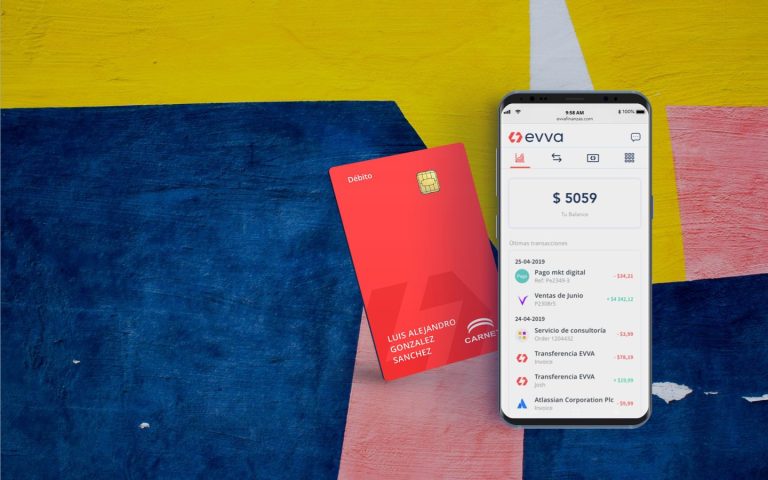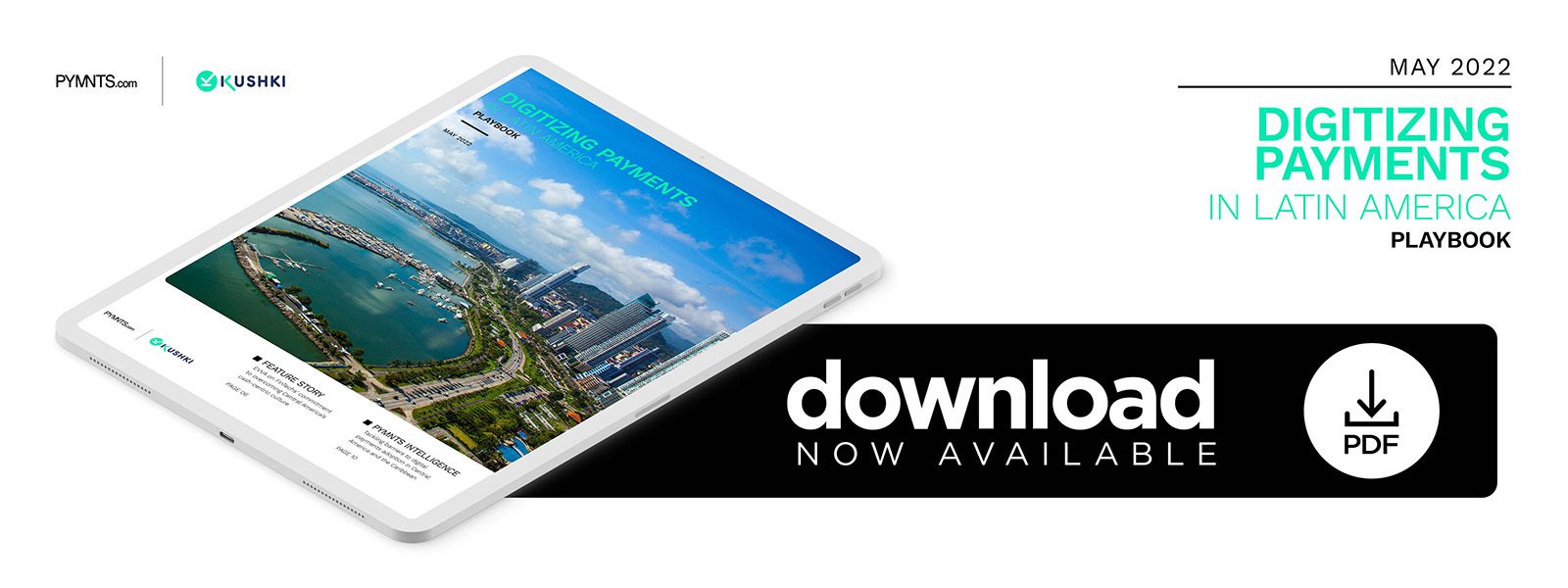EVVA on FinTechs’ Commitment to Overcoming Central America’s Cash-Centric Culture

Financial institutions (FIs) and FinTechs anxious to usher Central American and Caribbean countries into the global digital payments stage face cultural, historical and regulatory hurdles — even though the transition is critical to the region’s economic future. In the “Digitizing Payments In Latin America Playbook,” EVVA Finanzas’ Abraham Guzman explains how FIs can overcome deep-rooted mistrust of government and banks by demonstrating the convenience, reliability and security of digital payment technologies.
Financial institutions (FIs) and FinTechs anxious to usher Central America and the Caribbean onto the global digital payment stage face a stubborn set of obstacles. These include entrenched psychological, cultural and historical barriers, as well as a tangled web of physical, logistical and outdated regulatory hurdles. Convincing businesses and consumers to transition from their traditional, cash-driven transactional platforms and adopt the digital tools that dominate the global payment landscape is critical to ensuring the region’s economic future.
EVVA Finanzas is a FinTech that enables financial inclusion for underbanked micro- and small businesses by providing access to digital bank accounts. In a recent interview, CEO Abraham Guzman offered PYMNTS an inside look at how FIs and FinTechs are working to overcome this complex combination of hurdles to help businesses and consumers embrace the bottom-line benefits of digital payment tools.
Guzman said a crucial first step in weaning the region’s communities from their cash dependence and navigating them into the digital payment future is to create an initial, frictionless point of entry.
“First and foremost, it’s maximizing the initial user experience and demonstrating the convenience, reliability and security these [digital payment technologies] offer,” Guzman said. “It’s about creating a more transparent experience so people can see the benefits.”
Overcoming Mistrust a Key First Hurdle
A unique challenge that is stymying the shift from cash to a digital payment platform in Central America and the Caribbean, Guzman said, is a deep-rooted cultural mistrust of government and FIs. Feeding this mistrust is the region’s chronic underlying economic instability, unpredictable inflation and a network of banking regulations that disincentivize both customers and businesses from fully adopting digital payment offerings.
“You have a lot of banking regulations that are very different from other areas, like interchange fees, for example, and point-of-sale terminals that charge both businesses and consumers monthly fixed fees, [all of which] can discourage [digital] adoption,” Guzman said. “That [uncertainty] creates that cash-oriented mindset, along with the fact that there’s also not a lot of trust in the banking system.”
While psychological and logistical barriers remain high, Guzman is bullish about the region’s digital payment future.
“There are a lot of very good digital payment initiatives being put in place right now. The FinTech payment space is booming, and there are a lot of promising companies that are helping to provide better products and better financial experiences that really contribute to the evolution of the digital payment ecosystem,” Guzman said. “There is also a lot of investment flowing into the region. It’s all happening now. It’s a revolution, and I think it’s going to be very positive for the future.”
Examples of these digital inroads include the significant uptick in contactless payment transactions via Apple Pay and the use of QR code-based payments in Mexico, as well as the rising consumer use of digital wallets when making online purchases across Central America.
How quickly the region can overcome its cultural commitment to cash and revise its regulatory hurdles to digital payments’ accessibility and affordability will determine how effectively it can compete in the global market.
